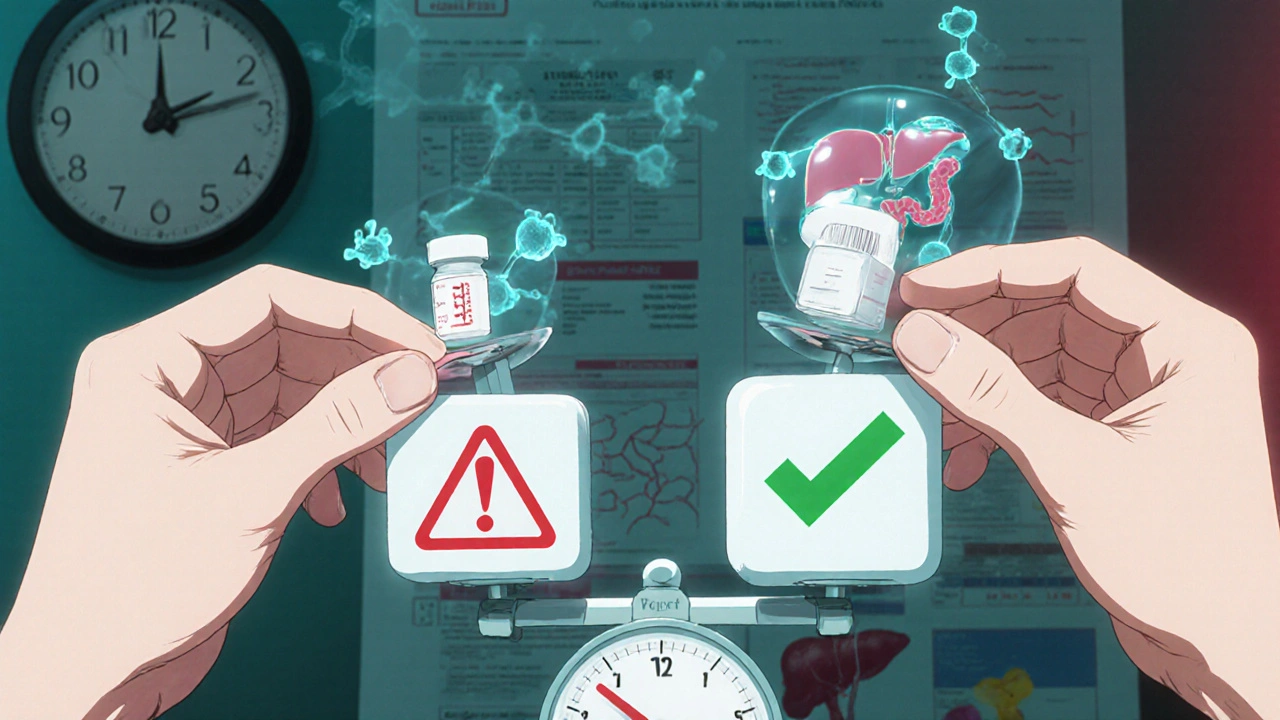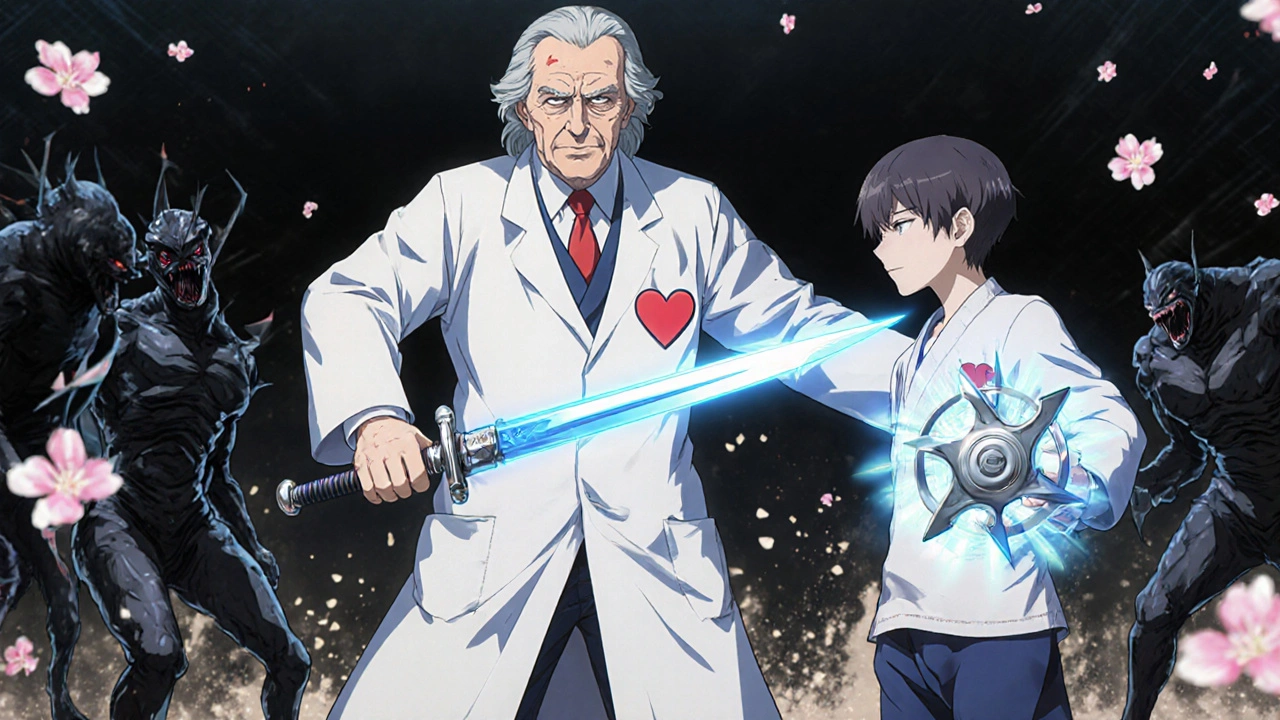Most people on statins don’t need a higher dose. They need a different approach. If you’ve been told to double your statin to get your LDL cholesterol lower, but you’re still not hitting your target-or worse, you’re dealing with muscle aches, fatigue, or just can’t tolerate it anymore-you’re not alone. And you’re not failing. The problem isn’t you. It’s the outdated idea that more statin equals better results.
Why Bigger Statin Doses Don’t Work Like You Think
Statin doses don’t follow a straight line. Doubling your dose doesn’t double your LDL reduction. It’s called the rule of six. If you go from 10 mg to 20 mg of atorvastatin, you might get a 6% extra drop in LDL-not 50% more. That’s because statins hit a ceiling. After a certain point, adding more drug gives you almost nothing in return. A 2023 analysis in the Journal of the American College of Cardiology showed that even high-dose statins only reduce LDL by about 50% at best. That’s not enough for many high-risk patients who need to get below 55 mg/dL.What Happens When You Add a Second Drug
Here’s where things change. Instead of pushing statin doses higher, doctors are now combining a moderate statin with a non-statin drug. The most common partner? Ezetimibe. It works differently-blocking cholesterol absorption in the gut instead of making the liver produce less. When you add ezetimibe to a moderate statin, you get a 50-55% LDL reduction. That’s better than a high-dose statin alone. And it’s not just theory. A 2025 meta-analysis of nearly 19,000 patients showed that adding ezetimibe lowered LDL by 23.7 mg/dL more than just doubling the statin dose. That’s a big difference when your target is 70 or even 55 mg/dL.The Math Behind the Magic
It’s not simple addition. If a statin cuts LDL by 50%, and ezetimibe cuts it by 20%, you don’t get 70%. You get 60%. Here’s why: the second drug works on what’s left. So if the statin brings LDL down to half, then ezetimibe takes 20% off that remaining half. That’s 10% more. Total: 60%. This multiplicative effect is why combining drugs is so powerful. It’s why a moderate statin plus ezetimibe can outperform a high-dose statin. And it’s why adding a PCSK9 inhibitor on top can push reductions to 80% or more.Who Benefits the Most?
This isn’t for everyone. But if you’re in one of these groups, combination therapy should be on the table:- You’ve had a heart attack, stroke, or angioplasty (high-risk ASCVD)
- Your LDL is still above 70 mg/dL on maximum statin therapy
- You’ve stopped statins because of muscle pain, weakness, or other side effects
- You have familial hypercholesterolemia-genetic high cholesterol
- Your doctor says you need to get LDL below 55 mg/dL
Studies show that in these cases, combination therapy hits targets 16% more often than high-dose statins alone. One study found 78.5% of high-risk patients reached their LDL goal with statin + ezetimibe, compared to just 62.3% with statin alone. That’s not a small win-it’s life-saving.

Statin Intolerance? This Is Your Best Option
About 1 in 10 people can’t tolerate high-dose statins. Muscle pain, cramps, fatigue-these aren’t just inconveniences. They lead to 50% of patients quitting statins within a year. That’s dangerous. But here’s the good news: when you lower the statin dose and add ezetimibe, muscle side effects drop by 25%. The CLEAR Harmony trial showed that moderate-dose statin + bempedoic acid (another non-statin option) matched the LDL-lowering power of high-dose statin, but with far fewer side effects. For many, this is the only way to stay on treatment long-term.Cost Is a Hurdle-But Not a Dealbreaker
Yes, ezetimibe costs $300-$400 a year in the U.S. PCSK9 inhibitors? That’s $10,000+. But here’s the reality: every 1 mmol/L (39 mg/dL) drop in LDL cuts your risk of heart attack or stroke by 22%, no matter how you get there. That’s from the Cholesterol Treatment Trialists’ meta-analyses. So even if you pay more upfront, you’re likely to avoid expensive hospital stays down the road. And ezetimibe is now generic. Many insurance plans cover it with a $5 copay. The bigger barrier isn’t cost-it’s inertia. Doctors still default to upping the statin, even when the evidence says otherwise.Real Patient Stories
A 68-year-old man in Cleveland had a heart attack. He was on atorvastatin 80 mg-maximum dose. His LDL? 82 mg/dL. Too high. He had muscle pain and couldn’t take more. His doctor switched him to atorvastatin 40 mg plus ezetimibe 10 mg. Within six weeks, his LDL dropped to 64 mg/dL. No muscle pain. He’s still on it two years later. That’s not rare. Cardiologists report that 30-40% of their high-risk patients need this combo to reach targets. And when patients switch from failing high-dose statins to combination therapy, 85% stick with it after a year. That’s up from 50% with repeated statin tries.
Why Isn’t This Standard Yet?
Guidelines are slow. The ACC/AHA first mentioned combination therapy in 2013, but only as a last resort. European guidelines still say to try high-dose statins first. But the science has moved. In 2023, the American College of Cardiology updated its expert pathway to say: for very high-risk patients, start with moderate statin + ezetimibe. The 2024 European Heart Journal study confirmed this approach gets patients to target 4.2 months faster. And 78% of lipid specialists now say they start with combination therapy-not escalate statins. The shift is happening. It’s just not everywhere yet.What to Ask Your Doctor
If you’re on a statin and not hitting your LDL goal-or you’re struggling with side effects-ask these questions:- Is my current statin dose the highest I can tolerate?
- Would adding ezetimibe help me reach my target without increasing side effects?
- Is my LDL still above 70 mg/dL? If so, should we consider combination therapy?
- Have you checked if ezetimibe is covered by my insurance? Can we try a generic?
- Could bempedoic acid be an option if I can’t take statins at all?
Don’t accept “just take more” as the only answer. There’s a better way.
What’s Next?
New drugs are coming. In 2025, the European Society of Cardiology is expected to officially recommend moderate statin + ezetimibe as first-line for very high-risk patients. That’s a huge step. And with more generics entering the market, cost will keep dropping. The future of cholesterol treatment isn’t bigger pills. It’s smarter combinations. Lower doses. Fewer side effects. Just as much-or more-protection.Can I just take ezetimibe instead of a statin?
Ezetimibe alone lowers LDL by about 18-20%. That’s not enough for most high-risk patients. It’s designed to be used with a statin, not replace it. For people who truly can’t take any statin, other options like bempedoic acid or PCSK9 inhibitors may be better. But ezetimibe works best when paired with even a low-dose statin.
Does combination therapy really lower heart attack risk?
Yes. The IMPROVE-IT trial showed that adding ezetimibe to simvastatin reduced heart attacks, strokes, and heart-related deaths by 24% over seven years compared to statin alone. That’s not a small benefit-it’s comparable to adding a second statin, but with fewer side effects. Every 39 mg/dL drop in LDL cuts risk by 22%, no matter how you get there.
How long does it take to see results with combination therapy?
You’ll typically see your LDL drop within 4-6 weeks. Most patients reach their target in 8-12 weeks. That’s faster than waiting to increase statin doses, which often takes months of trial and error. In one 2024 study, patients on combination therapy hit their LDL goal 4.2 months sooner than those on higher statin doses.
Are there side effects with combination therapy?
The side effect profile is generally better than high-dose statins. Ezetimibe is very well tolerated-most people feel nothing. Bempedoic acid may cause mild joint pain or elevated liver enzymes in a small number of people. PCSK9 inhibitors are injected and may cause injection site reactions. But overall, muscle pain and fatigue drop significantly when you reduce the statin dose. That’s why adherence improves so much.
Is this covered by insurance?
Ezetimibe is generic and usually covered with a $5-$15 copay. Bempedoic acid is newer and may require prior authorization. PCSK9 inhibitors are expensive and often need step therapy-you have to try statins and ezetimibe first. Talk to your pharmacist. Many drug manufacturers offer savings cards that cut costs dramatically.
Should I try this if I’m only at risk for heart disease, not diagnosed?
For people without existing heart disease (primary prevention), high-dose statins are still the standard unless LDL is very high (above 190 mg/dL) or you have other major risk factors. Combination therapy is mainly recommended for those with established heart disease, diabetes with organ damage, or familial hypercholesterolemia. But if you’re high-risk and can’t tolerate statins, even in primary prevention, your doctor may still consider it.


Author
Mike Clayton
As a pharmaceutical expert, I am passionate about researching and developing new medications to improve people's lives. With my extensive knowledge in the field, I enjoy writing articles and sharing insights on various diseases and their treatments. My goal is to educate the public on the importance of understanding the medications they take and how they can contribute to their overall well-being. I am constantly striving to stay up-to-date with the latest advancements in pharmaceuticals and share that knowledge with others. Through my writing, I hope to bridge the gap between science and the general public, making complex topics more accessible and easy to understand.